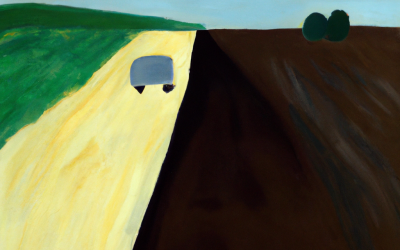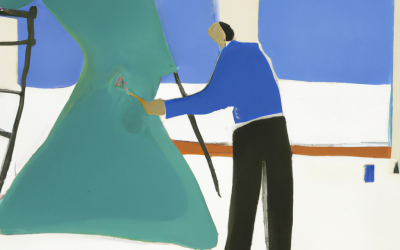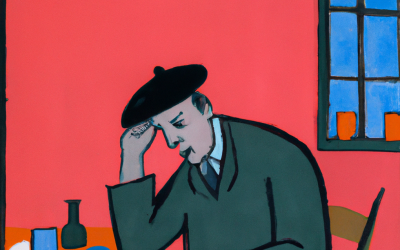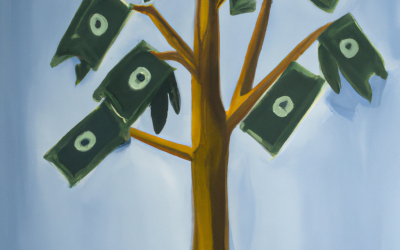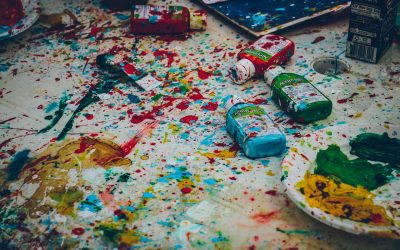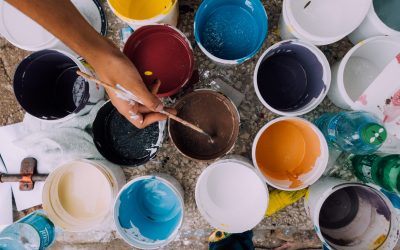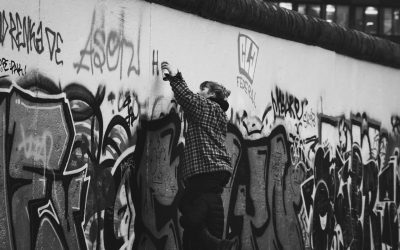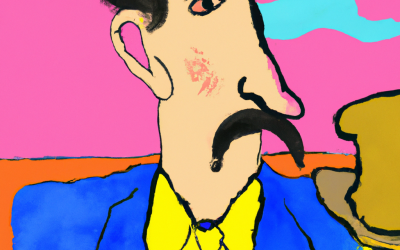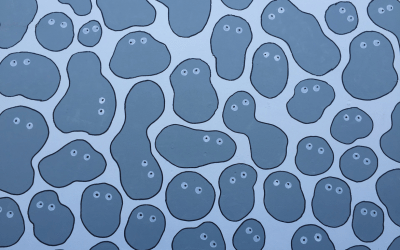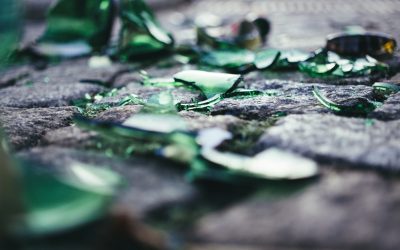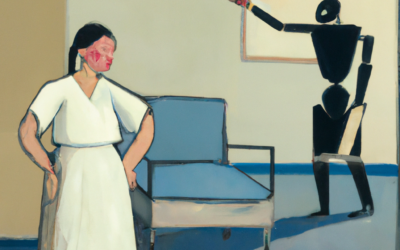What Exactly is Meditation?
– Defining Terms
For the record, I am not a buddha – just an average human with average intelligence who has been seeking answers to the riddles of life for much of my life.
I have, however, picked up a few nuggets of wisdom here and there along the way which have helped me deal with being a sensitive, creative person. One of those nuggets I found is the practice of meditation, a.k.a., sitting and observing the mind. I have had a sitting meditation practice for about 24 years as of this writing. I’ve experimented with a lot of methods and techniques, and have explored a myriad of different meditation traditions with many different teachers. There is a lot of information out there, as well as countless points of view revolving around the practice of meditation, so let me clarify a few things first.
There seem to be more and more ideas popping up in our Youtube-educated, spiritually materialized, global society about what ‘meditation’ in fact means and entails. I tend to use the Tibetan, Gelugpa (Yellow Hat Wearer) Buddhism definition, as I am mostly trained in this tradition of meditation. This definition of meditation is comprised of these two elements:
Shamatha, or the practice of single pointed concentration – which is sitting still and attempting to stay focused on an object, such as the breath.
Vipashyana, or the practice of wisdom, a.k.a. seeing clearly what is, while being focused on an object or objects.
These two practices form the foundation of ‘meditation’ as I understand and practice it.
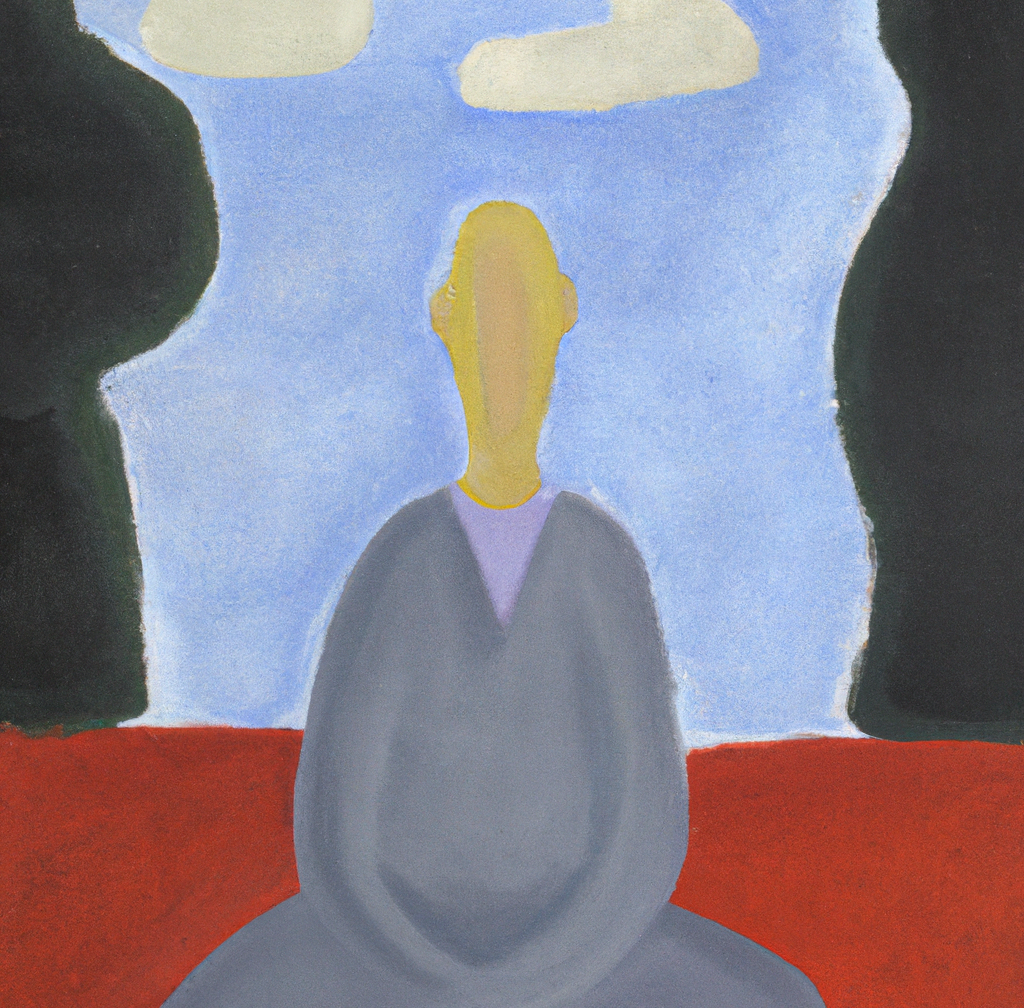
What is Vipassana?
I also often use the term ‘Vipassana,’ which is a Pali word meaning the same as the Sanskrit word, ‘Vipashyana.’ It is generally used by the Theravadin Buddhist traditions to mean sitting meditation which comprises both single-pointed concentration on an object along with the practice of seeing, or observing, what is there.
So this is meditation to me, in the very basic, simple sense of that word. Though I am not a purist when it comes to definitions of spiritual methodologies. In my experience, most people who have a serious spiritual practice do things a little differently according to their personality and needs, and so also have their own way of describing their personal practice. This is how we get all of these varying definitions, which in my opinion makes it all the more interesting. If you ever hear someone say, ‘Meditation means ONLY THIS!’, my advice would be to get away from them as fast as you can. I remember when one of my Zen teachers, Zoketsu Norman Fischer, once said, “There is no such thing as Buddhism, there are only Buddhisms.”
There you have it – we all have our own way of learning. We have our own varying notions of what a tradition teaches, and of what a meditation practice is and how it should be done. That is perfectly fine as far as I’m concerned – to each their own. Though the actual experience of liberation is known to be profoundly simple and universal, getting to that point may indeed require a very personal, individual approach.
“If you want complexity, you’ll never see simplicity.”
–Lester Levinson
That said, I also think that most people don’t need a complicated practice, or a complex definition of a meditation practice. In fact, it may be much easier for someone to go deep into their practice by doing a very simple daily practice, and by defining that practice simply. It’s easy to confuse ourselves by dabbling in a myriad of different traditions, or by studying complex, ritualistic methodologies, especially when it comes to meditation – because the egoic mind is very slippery and contrary, and doesn’t really want to do the practice in the first place. It LOVES to think and talk about how to meditate, or to get into the science of it, but rarely does it want to sit down and actually do it. ( – more on this in a future article…)
Long story short, the word ‘meditation’ can be a very simple word with a simple definition. You could even say ‘just being.’ Because that is what it’s all about. We’re not doing anything in meditation. We’re just being, and observing our being. Nothing more.
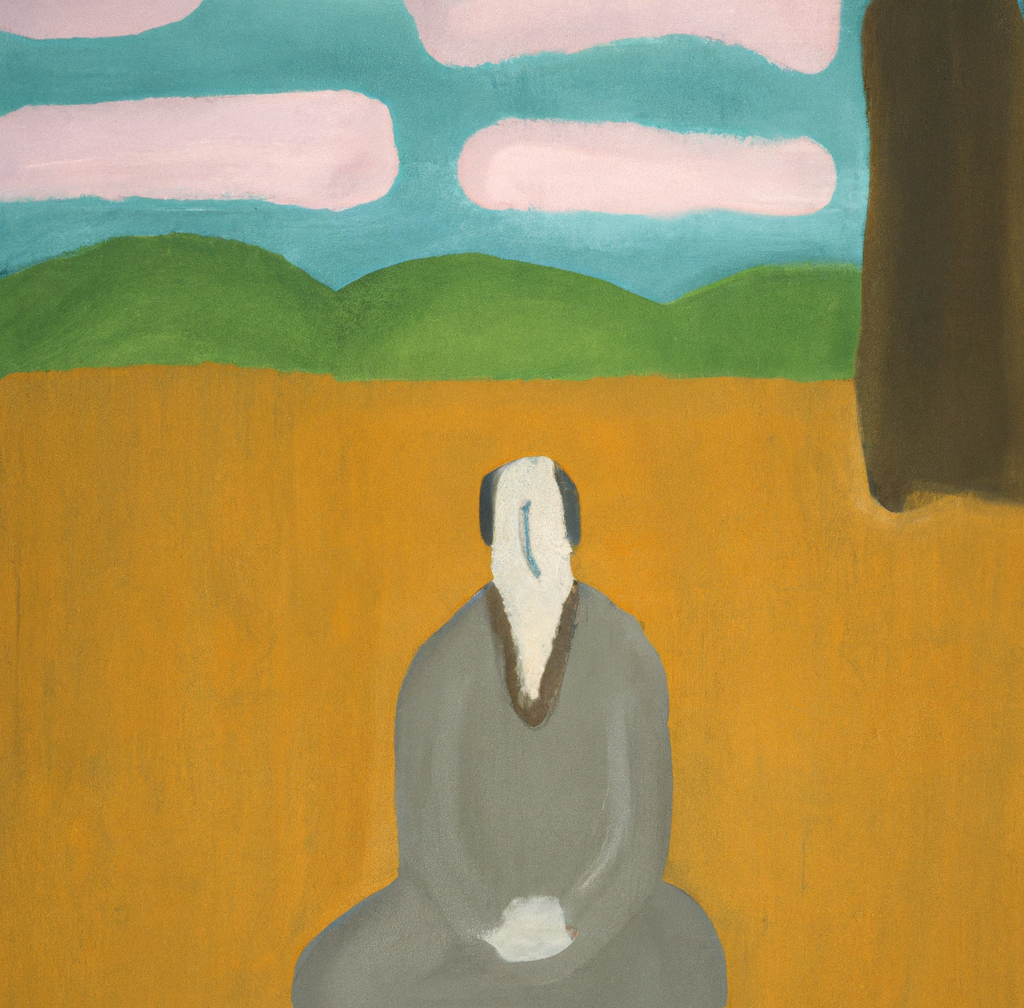
So How does Meditation work, exactly?
How does it Benefit Us?
When you have a sitting meditation practice, meaning that you sit and meditate on a daily basis, with a single method, you will come to a point where you’ll see the real cause and effect benefits. You may feel a lighter sense of being in your day to day life. You may find that everything is sort of “smoothed out,” and that things don’t really bother you so much anymore – what used to irritate you or have some kind of unpleasantness to it, no longer does. Everything in your life seems to work out better for you, your relationships may improve, your job or work might get easier, and you might sleep a lot better.
All of these effects of a meditation practice have one fundamental cause, which is this: you have woken up to the truth of your reality, to a certain degree. This waking up process, in effect, means that your sense of “self” has changed. You are no longer identified with the suffering being you once were. Because you have gone to a certain depth of awareness, you have begun to identify as that awareness (the soul, or larger Self) instead. So instead of being the old you who identified as a body and mind, or a mind trapped inside a body that is separate from it, all of which is separate from the outer world, you’re now identifying as something larger, something more profound.
So then the rules of the game of life have shifted for you. You are no longer struggling to survive as a separate being in a threatening world. You have, temporarily, stopped using the “fight or flight” mechanism of the human brain and nervous system. Through your new self awareness, your self identity now becomes inclusive instead of exclusive, and there is no longer anything to fight against, no longer any real contrast in the “outer” world to judge or critique. You become, as they say, one with everything, while simultaneously maintaining your awareness of the individuated body/mind or separate person.
This process usually happens in a gradual way, but can also happen suddenly. It can also stay with us for a shorter or longer period of time and then leave. If the experience of oneness is deep enough, it may put us on the escalator, so to speak, of permanent, profound change – a powerful sense of knowing. A kind of existential bomb erupts within us that clarifies all things, and we enter into a more permanant or enduring state of blissful oneness.
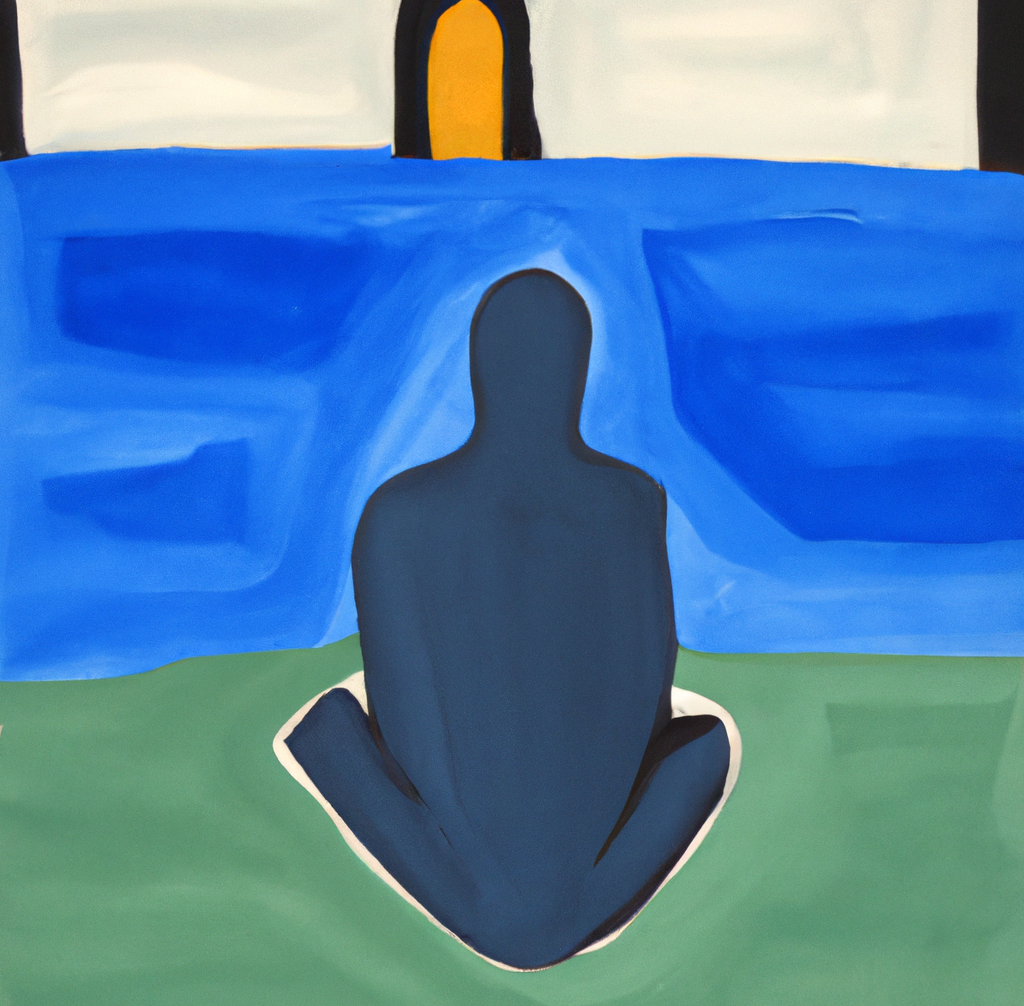
So What Does Meditation Have to do with Creativity?
It’s never a bad thing to define terms, so let’s define ‘creativity’ as well. My favorite definitive expression for the creative act is “the activity of non-aggression.” The late, renowned Buddhist teacher, Chögyam Trungpa, described it this way when he taught creativity in the 1970s and 80s, emphasizing how the process needs to unfold in order for it to be genuinely artful. What he was hinting at with this definition is that a creative action needs to be done without trying to control it; it is done without the emphasis on the product, but with a focus on the momentary act of creation itself, by letting go of ideas or concepts (which are subtle forms of ‘aggression’) of how things should be done, or of what the product will look like in the end.
In effect, the act of creation then becomes more an act of ‘being’ than an act of ‘doing.’ It becomes more like ‘art for the sake of art.’ (More on this in the book, The Infinite Artist.)
This is where meditation comes in. In my own experience, when I establish a consistent, daily practice of meditation, my mind becomes more flexible and also more easily directed. It becomes much easier to let go of concepts about how things should be done. It’s also easier to steer it away from distractions – thoughts and worries about the past or the future – so that it rests in the momentary flow of the process. With a supple, calm, centered mind, the creative flow state is much easier to get into.

The Effects of Combining Meditation
with a Creative Practice
Combined with a meditation practice, the flow of working with a creative medium is dramatically increased. The mind is better equipped to learn new methods or techniques. Once we gain momentum with using a certain medium, flow then becomes easier to get into, and we can stay there for longer periods of time, going deeper and deeper into the ocean of pure expression. Due to the fact that we are no longer associating with the normal clutter of thoughts, our perception is markedly enhanced. We begin to see the naked appearance of things before they are overlaid with the concepts or ideas we normally have of them. We learn to completely give up the thinking mind and lose ourselves in the bliss of pure creation. This kind of exalted state of flow then bleeds into the rest of our day, having a positive effect on most everything we do.
Meditation, done along with the creative act, can also be very good for emotional difficulties. People who need help with depression, or help with anxiety, are often in these states because they have, due to traumatic events or circumstances, lost control over their cognitive mind. The creative process can purify and balance the mental or emotional state by taking the focus off of the suffering and breaking the destructive mental cycles. Meditation combined with pure creative expression gives the mind a chance to calm down, to become more grounded and centered. It gives us the power to cut through the obsessive chatter of thoughts, which is invariably the cause of the depression or anxiety.
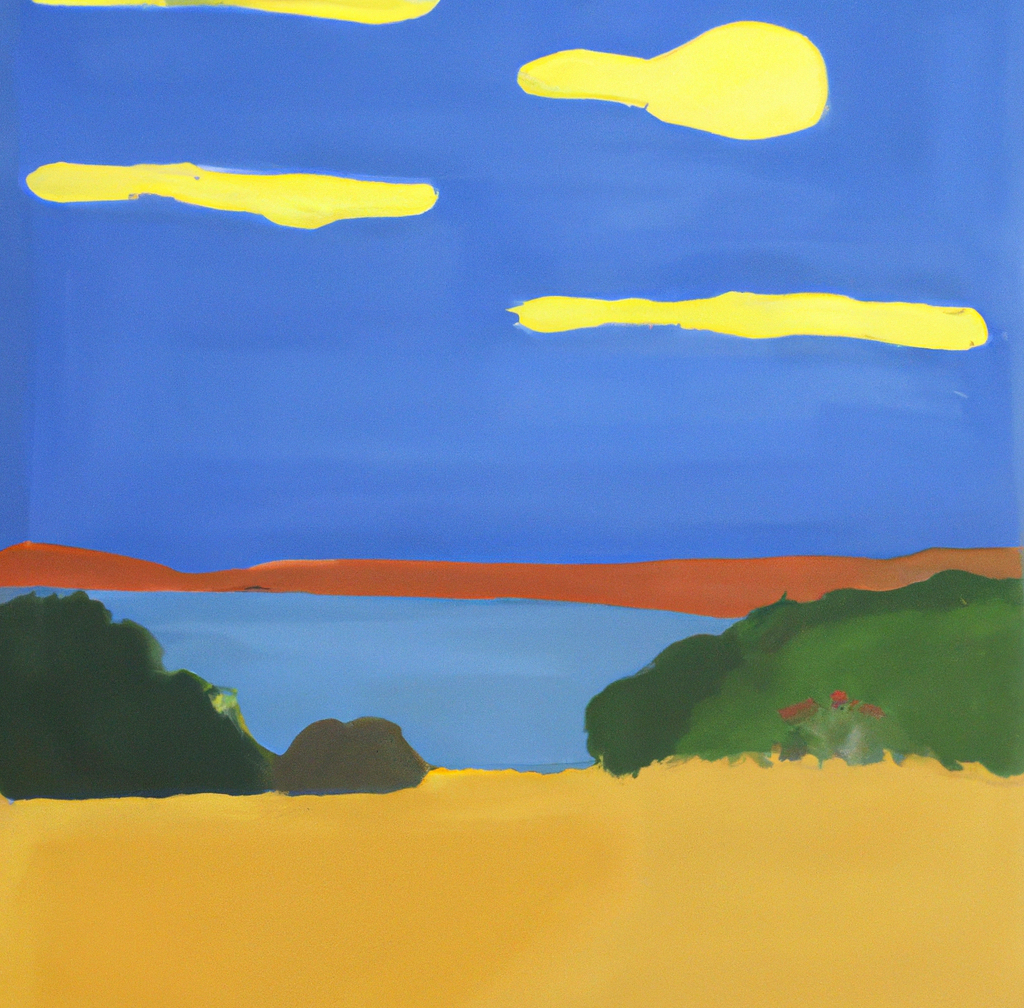
I have seen miraculous changes in the state of mind of both myself and my students using meditation with art practices. At least temporarily, it expands our awareness to greater possibilities. It changes the way we think and feel, loosening the grip of emotionally destructive ways of being, giving a feeling of relief and renewal, and the freedom to be who we are, even under difficult circumstances.
My suspicion is that, like with most kinds of art therapy, one can heal very deep emotional wounds with a continual practice of art and meditation together. Time will tell, and I look forward to working with more people to help heal old wounds and make positive changes.
…
Follow these links for:
More information on the practice of meditation or ‘art as meditation’


